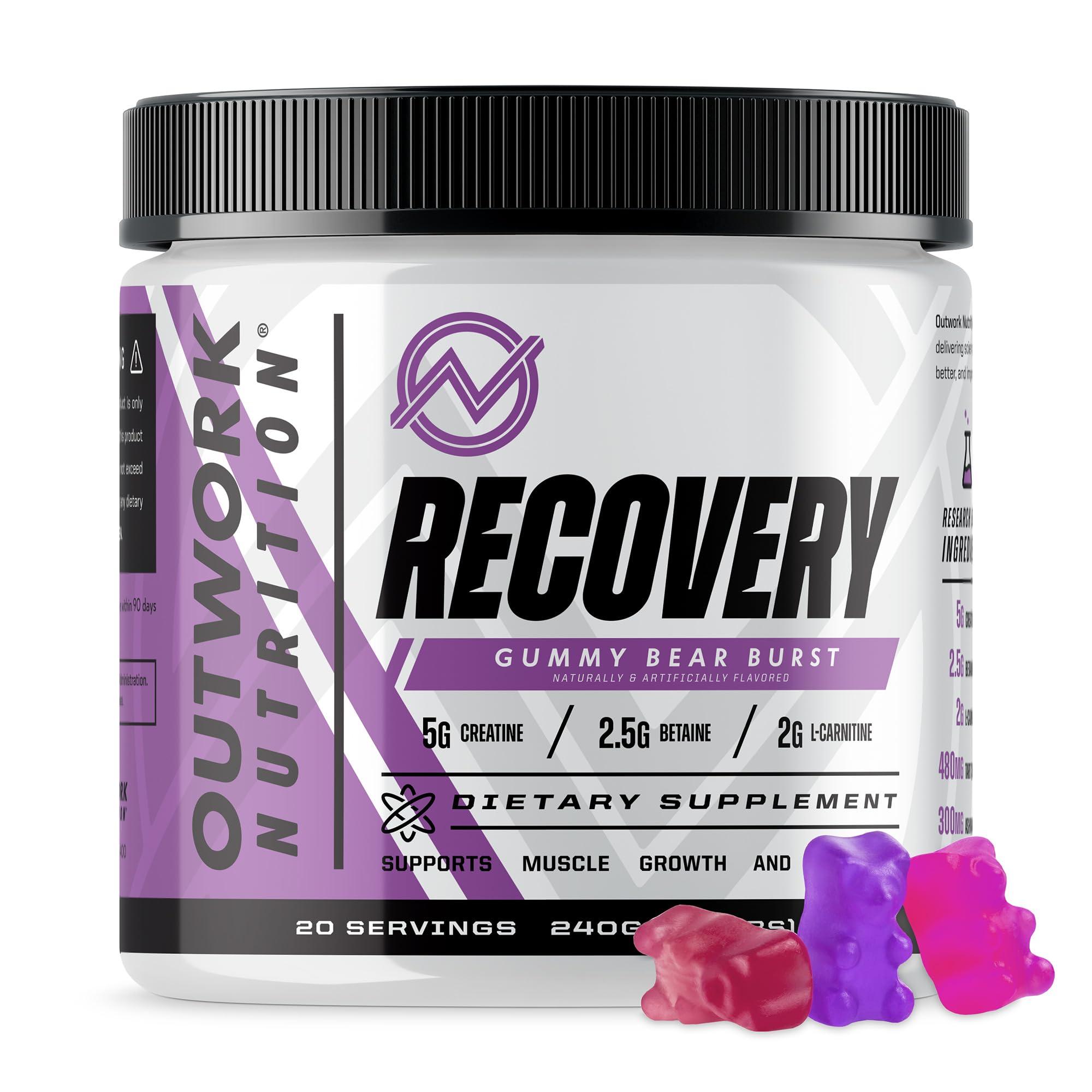In the pursuit of fitness, we often focus on the exhilaration of a great workout, the endorphin rush, and the satisfying ache of muscles well-used. Yet, nestled quietly between the high-intensity intervals and the heart-pounding cardio lies an equally crucial component of any fitness journey: recovery. Often overshadowed by the thrill of active exertion, the art of recovery is where real transformation takes place, knitting together strength and resilience while preparing the body for its next challenge. In this article, we delve into the expert-endorsed secrets of optimizing workout recovery, unveiling strategies that not only soothe tired muscles but also elevate overall performance. Whether you’re a seasoned athlete or just embarking on your fitness adventure, these insights will guide you in crafting a recovery routine that is as dynamic and effective as your workouts themselves.
Maximizing Muscle Repair with Nutrition and Hydration
Fueling your body with the right nutrients is essential to support muscle recovery and optimize your workout gains. A strategic approach to nutrition and hydration can significantly reduce muscle soreness and enhance repair. Focus on incorporating the following elements into your post-workout routine:
- Protein Power: Consuming a high-quality protein source, such as lean meats, fish, or plant-based alternatives like quinoa and legumes, can help rebuild muscle fibers and promote growth.
- Carb Reload: Carbohydrates are crucial for replenishing glycogen stores depleted during intense exercise. Opt for whole grains, fruits, and vegetables to maintain energy levels.
- Hydration Boost: Staying well-hydrated aids in nutrient transport and waste elimination, which are vital for recovery. Consider adding electrolytes if your workouts are particularly intense or lengthy.
- Anti-inflammatory Foods: Incorporate foods rich in omega-3 fatty acids, such as walnuts and flaxseeds, to help reduce inflammation and muscle damage.
By focusing on these key nutritional strategies, you can maximize your recovery process and pave the way for improved performance in future workouts.

Harnessing the Power of Rest and Sleep for Optimal Recovery
In the pursuit of fitness excellence, rest and sleep often play second fiddle to intense workouts and strict diets. Yet, they are the unsung heroes of recovery, silently working to repair and rejuvenate the body. Sleep is not merely a passive state; it is a dynamic process that involves the release of growth hormones, essential for muscle repair and regeneration. Moreover, a restful night helps in balancing cortisol levels, reducing inflammation, and enhancing mental clarity.
- Prioritize a Consistent Sleep Schedule: Going to bed and waking up at the same time every day helps regulate your body’s internal clock.
- Create a Sleep-Inducing Environment: Ensure your bedroom is cool, dark, and quiet to foster an optimal sleep atmosphere.
- Incorporate Relaxation Techniques: Practices such as deep breathing, meditation, or gentle yoga can help calm the mind before bed.
- Limit Stimulants: Reduce intake of caffeine and electronic device use in the hours leading up to bedtime to prevent sleep disruptions.

Incorporating Stretching and Mobility Exercises for Enhanced Flexibility
Unlocking the full potential of your body involves more than just strength and endurance; it’s about achieving a harmonious balance that includes flexibility. Incorporating stretching and mobility exercises into your routine can significantly enhance your flexibility, contributing to a more effective workout recovery. These exercises are not just for elite athletes or yogis; they are essential for anyone looking to improve their overall physical health.
Consider adding the following practices to your regimen:
- Dynamic Stretching: This involves active movements that gently take your joints and muscles through a full range of motion, preparing your body for more strenuous activity.
- Static Stretching: Holding a stretch for 15-60 seconds can help elongate muscles and increase flexibility. Be sure to target major muscle groups such as hamstrings, quadriceps, and shoulders.
- Foam Rolling: A form of self-myofascial release, foam rolling helps reduce muscle tightness and improve blood flow, facilitating quicker recovery.
- Yoga or Pilates: These disciplines focus on core strength, balance, and flexibility, offering a comprehensive approach to improving mobility.
Integrating these exercises into your routine not only aids in recovery but also enhances your overall performance, making each workout more efficient and less prone to injury.

Leveraging Technology and Gadgets to Monitor Recovery Progress
In today’s digital age, the fusion of technology and fitness has paved the way for enhanced recovery monitoring. Wearable devices, such as smartwatches and fitness trackers, have become indispensable tools for athletes and fitness enthusiasts alike. These gadgets offer real-time insights into various health metrics, such as heart rate variability, sleep patterns, and even stress levels. By understanding these data points, you can make informed decisions about when to push your limits and when to prioritize rest, ensuring a balanced recovery process.
- Heart Rate Monitors: Keep track of your resting heart rate and recovery heart rate to assess your overall cardiovascular health and recovery status.
- Sleep Trackers: Utilize these to ensure you’re getting enough restorative sleep, which is crucial for muscle repair and growth.
- Smart Apps: Leverage apps that offer guided breathing exercises or meditation sessions to help manage stress and promote relaxation.
Incorporating these technologies into your routine not only enhances your recovery but also empowers you with the data needed to tailor your workouts and recovery strategies effectively. With these insights at your fingertips, you can fine-tune your approach, maximizing both performance and well-being.
Final Thoughts
As we wrap up our exploration of expert tips to enhance your workout recovery, remember that the journey to peak fitness is as much about nurturing your body as it is about pushing its limits. Embrace the power of rest, listen to your body’s whispers, and fuel your recovery with intention. Whether you’re a seasoned athlete or a fitness novice, these strategies can serve as your compass, guiding you toward a balanced and resilient self. So, as you lace up for your next session, carry these insights with you, ensuring that every stride, lift, and stretch is complemented by a recovery plan that’s as robust as your workout. Here’s to a healthier, stronger you, both in and out of the gym.


































